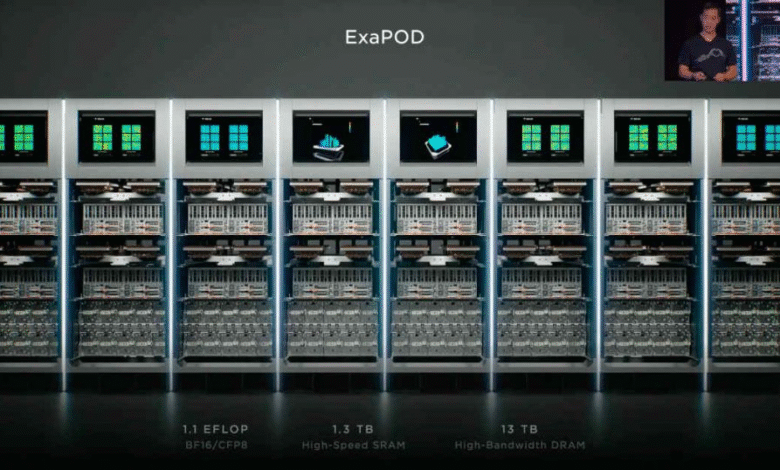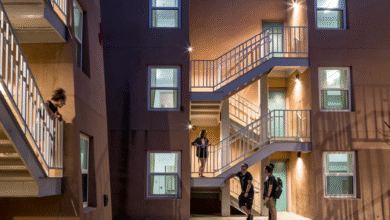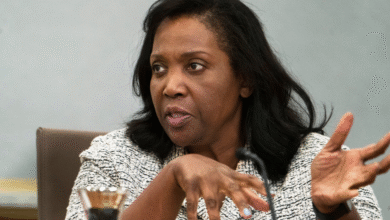Tesla Dojo Supercomputer: Key Departure and Future Plans

The Tesla Dojo supercomputer is rapidly emerging as a cornerstone of the company’s ambitious plans to revolutionize artificial intelligence and robotics. Recently, Tesla’s Vice President of Hardware Design Engineering, Pete Bannon, who was pivotal in overseeing Dojo’s development, announced his departure from the company. This shift comes at a crucial time when Elon Musk is emphasizing the supercomputer’s role in transforming Tesla from an electric vehicle enterprise into an AI and robotics powerhouse. The Dojo’s ability to process vast amounts of data will support advancements like the Tesla Robotaxi service, enhancing the company’s driver assistance systems. As the Tesla news unfolds, the departure of key personnel such as Bannon raises questions about its hardware engineering strategies as it navigates significant growth in AI capabilities.
The Dojo supercomputer by Tesla stands at the forefront of the company’s technological aspirations aimed at enhancing its artificial intelligence capabilities. With recent changes in leadership, including the exit of Pete Bannon, who played a key role in its development, there are ongoing discussions about the implications for Tesla’s hardware engineering and future projects. Elon Musk is positioning Tesla not just as a leader in electric vehicles, but as a serious contender in the realms of AI and robotics, particularly with innovations like the Tesla Robotaxi. The processing power of the Dojo will be crucial for refining the data-driven models necessary for developing autonomous systems. As the landscape of Tesla news continues to evolve, the focus on Dojo signifies its importance in Musk’s broader vision for the company.
Pete Bannon’s Departure from Tesla: Impact on Dojo Supercomputer Development
Pete Bannon’s exit from Tesla marks a significant turning point for the company, especially regarding the progression of the Dojo supercomputer project. As the Vice President of Hardware Design Engineering, Bannon played a crucial role in leading the development of this cutting-edge supercomputer. Dojo is designed to process a large volume of data collected from Tesla’s suite of vehicles, which ultimately helps in training advanced AI models. This departure could lead to shifts in resource allocation and project timelines as Bannon’s team members are reassigned to different initiatives within the company.
The implications of Bannon’s departure extend beyond just personnel changes; they also raise questions about Tesla’s broader ambitions in artificial intelligence and robotics. With Elon Musk adamant that Tesla is on the verge of transforming into a powerhouse in AI, Dojo is positioned as a key component in this strategy. By leveraging advanced processing capabilities, Tesla aims to enhance their driver assistance systems and push forward their vision for Robotaxis. However, without strong leadership in hardware engineering, the execution of these ambitious goals may be jeopardized.
Frequently Asked Questions
What is the Tesla Dojo supercomputer and its significance in AI development?
The Tesla Dojo supercomputer is a custom-built computing system designed to process and train artificial intelligence models with the extensive data collected from Tesla vehicles. It plays a crucial role in enhancing the company’s advanced driver assistance systems and supports Elon Musk’s vision of transforming Tesla into a leader in AI and robotics, rather than just an electric vehicle manufacturer.
How does Pete Bannon’s departure affect the Tesla Dojo supercomputer project?
Pete Bannon, Tesla’s Vice President of Hardware Design Engineering and leader of the Dojo supercomputer project, has left the company. While Tesla has not provided detailed comments, this change could potentially impact the direction and pace of the Dojo supercomputer’s development, especially as the company continues to focus on AI advancements and the broader goal of establishing a robotaxi service.
What role does Tesla Dojo play in the development of Tesla’s Robotaxi service?
Tesla Dojo is integral to the development of the Robotaxi service as it enhances the training of AI models that facilitate autonomous driving capabilities. By processing vast amounts of data, Dojo aims to optimize Tesla’s advanced driver assistance systems, enabling the company to meet its goal of transforming its fleet into fully operational robotaxis.
How is Tesla investing in AI technology alongside the development of the Dojo supercomputer?
Tesla is heavily investing in AI technology through the development of the Dojo supercomputer and other computing clusters like Cortex. This investment is part of Elon Musk’s strategy to position Tesla as a vanguard in the AI and robotics field, enabling the company to leverage AI for innovations beyond electric vehicles, including autonomous driving technologies for its Robotaxi initiative.
What has Elon Musk said about the capabilities of the Tesla Dojo supercomputer?
During Tesla’s earnings calls, Elon Musk has emphasized that the latest version of the Tesla Dojo supercomputer is expected to operate at scale soon, targeting around 100,000 NVIDIA H-100 equivalent units. This scaling is critical for processing the large datasets required for training AI models that enhance the company’s autonomous vehicle technology.
How does Tesla Dojo compare to other AI projects like Musk’s xAI?
Unlike Musk’s xAI, which focuses on developing larger-scale AI models aiming for artificial super intelligence, the Tesla Dojo supercomputer focuses on smaller, practical models for real-world AI applications in Tesla vehicles and robotics. Musk has pointed out that both entities are aligned in their AI goals but are working on different scales and applications.
What challenges has Tesla faced regarding talent retention in the context of its AI initiatives, including Dojo?
Tesla has experienced challenges in talent retention, particularly within its AI and hardware engineering teams, due to a combination of terminations and resignations. The competition for AI experts, especially with the emergence of Musk’s xAI, has created an environment where some engineers express a preference for projects focused on artificial general intelligence (AGI) rather than Tesla’s current AI initiatives such as the Dojo supercomputer.
| Key Points | Details |
|---|---|
| Pete Bannon’s Departure | Tesla’s VP of Hardware Design Engineering, Pete Bannon, is leaving after leading the Dojo supercomputer development since 2016. |
| Musk’s AI Focus | Elon Musk is emphasizing Tesla’s transition from electric cars to AI and robotics, using Dojo as a pivotal element. |
| Dojo Supercomputer | Tesla’s Dojo is tailored for training AI models with Tesla’s extensive vehicle data and aims to enhance driving systems. |
| Recent Developments | Tesla is testing a self-driving Robotaxi service in Austin and has secured a $16.5 billion deal with Samsung for chip production. |
| Competition for Talent | Musk’s AI ventures and Tesla’s focus on smaller models create competition for AI engineering talent, leading to notable departures. |
Summary
The Tesla Dojo supercomputer is at the forefront of Tesla’s ambitious pivot towards becoming a leader in artificial intelligence and robotics beyond just electric vehicles. With notable departures like Pete Bannon, the future of its development rests heavily on innovative technologies and strategic partnerships, ensuring that Tesla remains competitive in the rapidly evolving AI landscape.




